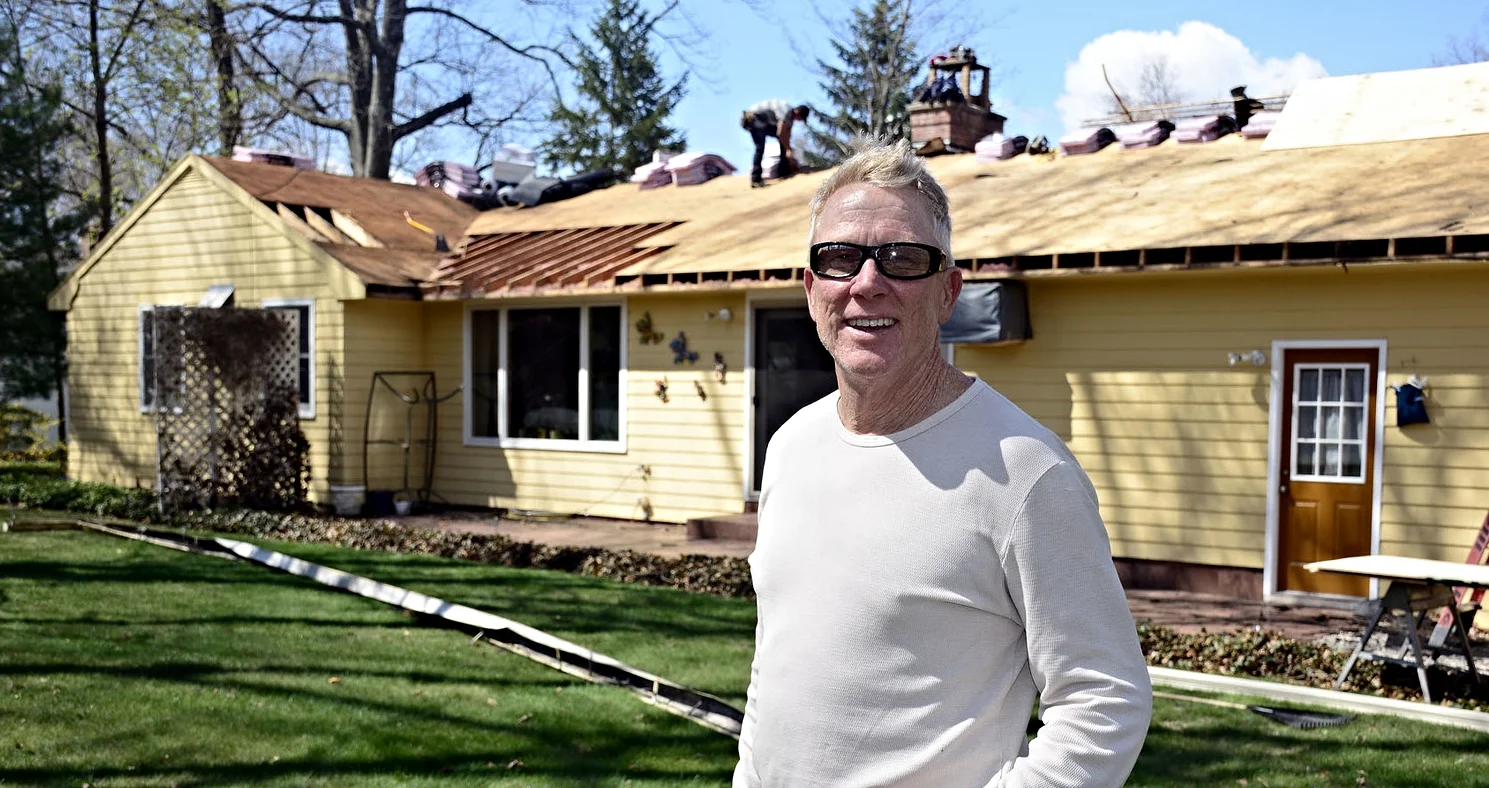How to Deal with Water and Mold Before They Take Hold of Your Home
Chelsea O'Donnell
Mold is a problem that most homeowners have to deal with at one time or another. It’s the damaging by-product of water and moisture that can wreak havoc on your home, and more importantly, your health. So with summer on the way, now is a good time to inspect your house for mold and get rid of it before it does any kind of serious damage. But first, it’s a good idea to learn a little more about this pesky organism and why it demands to be treated so seriously.
You might be familiar with mold (otherwise known as mildew) from your shower or bathtub. Since the shower is often wet and the tiles are waterproof, water can sometimes seep into the grout, which, if it’s old and can’t handle its repelling duties properly, will become a breeding ground for mildew. So you’re left with microscopic organisms that feed off the moisture, allowing it to grow until you nail it with some Tilex and wait for the next clean. But what happens when mold starts to grow in the places you can’t reach to scrub – places like your ceiling, inside walls or attic? You’re probably saying, “Not in my house”. Well, guess again.
At least half the homes I visit for improvement and remodeling projects have a major mold problem and the owners don’t even know it. How? Because mold generally grows in places that you can’t see – like inside the walls and in the attic. What most people don’t realize is that mold reproduces, or grows, by releasing spores that you’re breathing in day after day.
How common is this? If you’ve ever had a leak, you’ve most likely had a mold problem. So what can you do about it? You can prevent mold by ensuring your home stays dry. Here are my top tips:
- Keep your gutters and downspouts clean and clear so water can drain away from your house.
- Don’t let a leaky roof go unfixed. Get it patched up immediately and ask your contractor to inspect for any mold growth.
- Make sure the ground around your house doesn’t slope inward towards the foundation where water can idle.
- Inside the house, beware of any discoloration in the ceiling.
- Ensure high moisture areas like bathrooms are well ventilated with good ceiling fans.
- If a leak has poured into the carpet, don’t just leave it to dry. A damp area can attract mold in less than 48 hours.
- Ensure large appliances such as refrigerators and washing machines aren’t leaking and have a catchment tray in the event of a malfunction.
- If you use a humidifier, make sure it’s cleaned and the water is changed regularly.
- If you feel that your house or basement has a high level of moisture, consider purchasing a dehumidifier to regulate the humidity and remove any excess moisture from the air.
If you’ve had a mold problem that you’ve tried to control by scraping, cleaning and repainting the area, don’t make the same mistake twice. If the mold keeps coming back, that means the issue runs deeper than the eye can see. It’s time to call in the pros.
Bob O’Donnell is the owner of O’Donnell Bros. Inc., a Bristol-based home improvement company established in 1975. Email your questions for Bob to info@odonnellbros.com with the subject line “Ask the Pro.” All questions may be considered for publication. To contact Bob for your remodeling needs, call O’Donnell Bros. Inc. at (860) 589-5155 or visit http://www.odonnellbros.com. Advice is for guidance only
